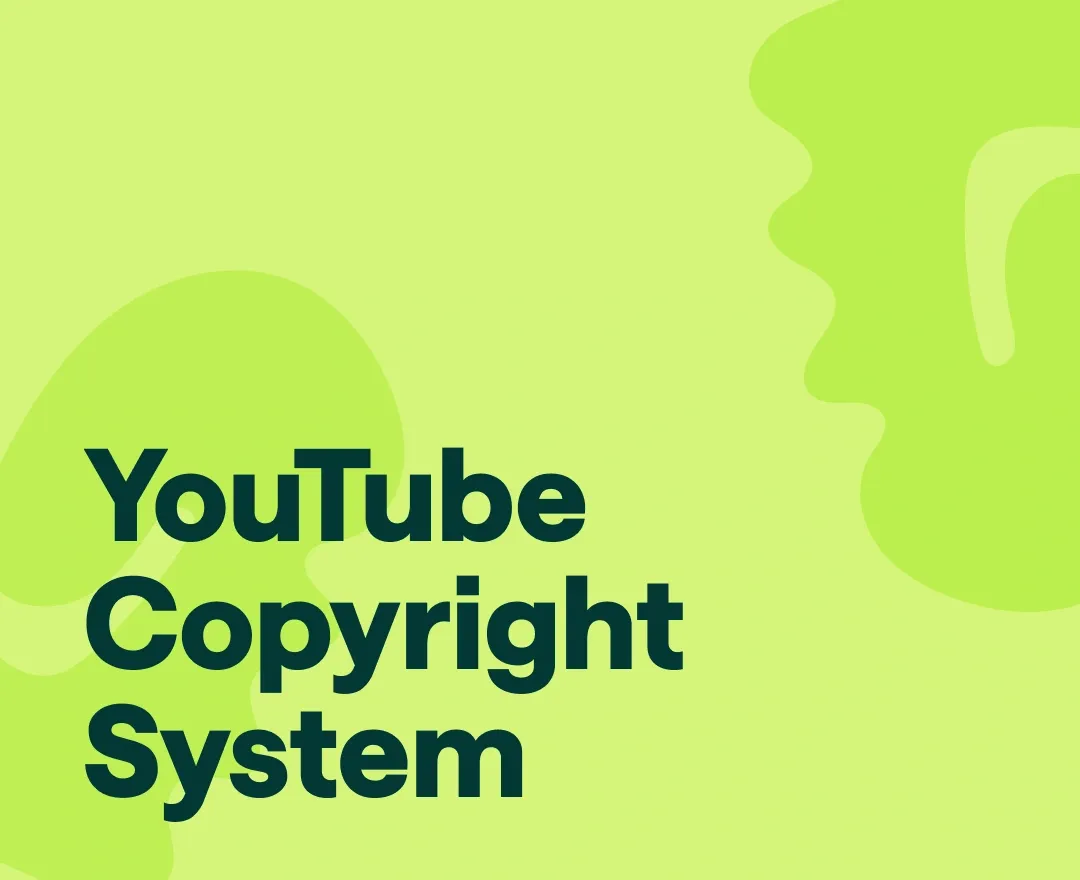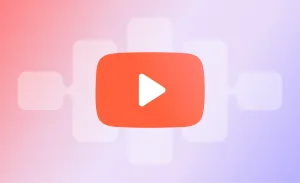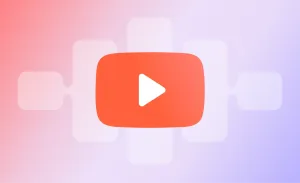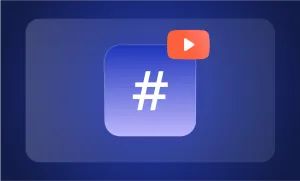We all know and love YouTube. It’s the place to go for long-form video content, whether you love commentary content or enjoy watching montages of the best moments in sports history.
Any platform of that size is responsible for protecting its users’ content and preventing them from abusing existing copyright laws. Enter YouTube’s copyright system.
However, this system isn’t without its controversies, with many in the creator community outspokenly criticizing YouTube’s handling of copyright claims.
Let’s explore how YouTube’s copyright system earned its reputation, from issues with automation to loopholes in processes.
Why does YouTube’s copyright system exist?
YouTube is a content-sharing platform, meaning it has a responsibility to uphold copyright laws. Yet, with over 113 million active channels on YouTube, managing copyright strikes can’t be a manual process. Hence, YouTube’s copyright system was created.
The first rule of YouTube’s policy is this: ‘Creators should only upload videos they have made or that they're authorized to use.’
That means creators’ videos should be their creations and shouldn’t include content someone else owns the copyright to, including music tracks, clips, imagery, and more, without their permission.
And the system itself works hard around the clock to manage tonnes of processes, including:
- – Identifying copyright infringements by scanning uploaded videos for copyrighted materials
- – Protecting creator’s intellectual property rights by preventing unauthorized use of their content
- – Helping copyright holders manage the use of their content on the platform, including monetizing, blocking, or tracking any infringing video.
- – Managing the outcomes of copyright claims, including reviewing any appeals submitted by creators
YouTube’s copyright system’s 5 big problems
These systems protect copyright holders' rights while supporting content creators. However, they’re surprisingly easy to exploit. Here’s why.
1) An over-reliance on automation
As Content ID, the system used to identify copyrighted materials in creators’ videos, is automated, it often results in false claims. This disrupts creators’ monetization and can create long-term problems.
2) Abusing the manual claims process
Any copyright holder can manually claim a video uses their copyrighted material, which makes sense in theory. However, the system is vulnerable to abuse, with many creators claiming to have their videos targeted by those wanting to censor them. While every YouTube genre can experience it, this issue affects commentary channels the most, which often include clips from copyrighted materials but are protected by fair use.
3) There’s no clear appeal process
While YouTube’s biggest creators have access to a team to help them with issues, this isn’t the case for smaller creators. There’s very little information on how to appeal a claim, meaning small creators may lose out on revenue unfairly while disputes are ongoing.
4) Fair use misunderstandings are rife
‘Fair use’ means creators can use copyright-protected materials without the owner’s permission if they are works of commentary, criticism, research, or teaching. Yet, YouTube’s system does little to protect content that falls under fair use, meaning commentary, reaction, and education channels are often unfairly targeted.
5) Opportunities to manipulate monetization
If a copyright claim is successful, the owner can take all the ad revenue from the creator’s video. Unsurprisingly, many people have used this as a quick cash grab, which obviously harms creators.
3 times YouTube’s copyright system was abused
Curious about how these issues have affected real creators? Let’s take a look at three cautionary tales.
1) Primink vs. Lillee Jean
In 2020, YouTuber Primink uploaded a video titled ‘The Instagram Model Who Fabricated Her Entire Life,’ not knowing their life would change forever.
In the four years since Lillee Jean, the video's focus, has launched a campaign against Primink, manually claiming their videos via YouTube’s system.
Primink’s use of Lillee Jean’s content fell under fair use and was widely seen by fans as an abuse of the system to silence criticism. Primink has spoken out about struggling to get support from YouTube, highlighting how easy it is for copyright holders to weaponize claims against creators,
2) REACT
Reaction videos are a mainstay on YouTube, and no YouTube channel is better known for these lighthearted productions than the aptly titled REACT channel.
This channel was created by the Fine Brothers, who popularized the ‘reaction’ video, showing different groups of people reacting to copyrighted materials, from movie clips and music videos to YouTube videos and adverts. Of course, all these videos were great examples of fair use. But that’s not where the issue with this channel lies.
In 2015, the Fine Brothers attempted to trademark the word ‘react’ to protect their series. It would have seen all similarly named videos removed by YouTube’s copyright system or creators’ revenue redirected to the trademark holder.
This move was perceived as an attempt to manipulate YouTube’s system, leading to the channel hemorrhaging over 400,000 subscribers.
3) h3h3 vs. Matt Hosseinzadeh
Ethan and Hila Klein of h3h3 are no strangers to controversy. So, in 2016, they knew they couldn't back down when they were sued for using brief clips owned by fellow creator Matt Hosseinzadeh in a video that fell under fair use.
A judge ruled in the Kleins’ favor, with this ordeal becoming one of the most talked about examples of copyright holders attempting to manipulate YouTube’s policies.
What are the alternatives?
Ultimately, the issues with YouTube’s copyright system reflect the difficulty of navigating legal issues in a digital age where technology evolves faster than policies can adapt.
So, while there are alternatives to YouTube with more creator-friendly copyright policies like Vimeo and Twitch, no platform is perfect. Here’s what we hope to see from YouTube and other video-hosting platforms in the future:
- An emphasis on user education
- Clearer fair use protections
- Greater human oversight in disputes
- More transparency in the appeal process
- A balance between creator freedom and copyright protection








